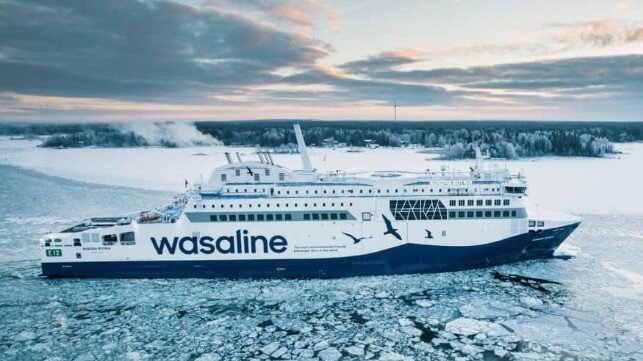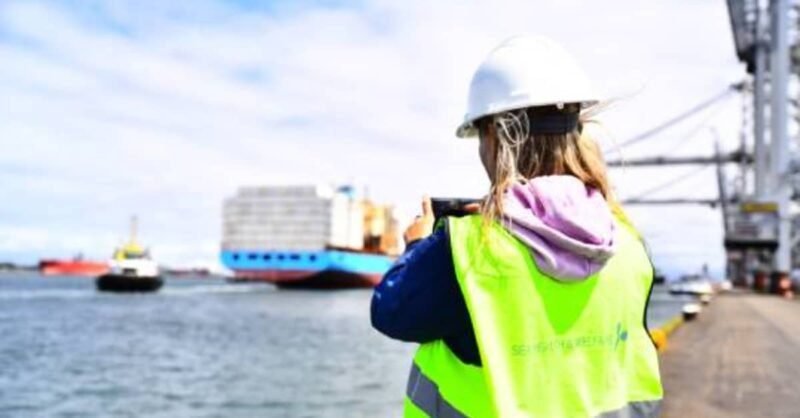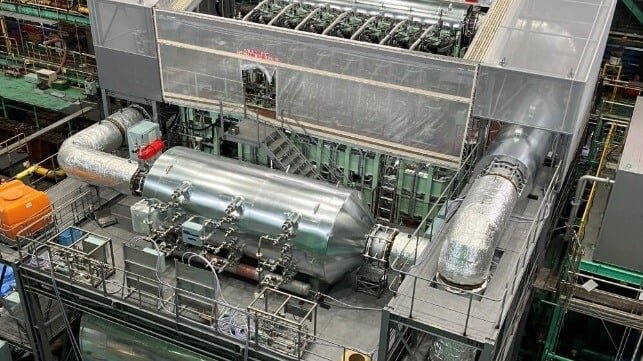SEA-LNG, a trade group advocating for the use of LNG as a marine fuel, is making strides in eliminating methane slip within the maritime sector. They predict that with continued collaboration across the industry, methane slip will be eradicated for all engine technologies within the next decade. Initiatives in the heavy-duty vehicle and maritime sectors have already shown significant progress in reducing methane slip, with DNV estimating 500 LNG-fueled vessels to be delivered in the next five years.
Peter Keller, Chairman of SEA-LNG, emphasizes the importance of addressing methane emissions and the ongoing engineering efforts to eliminate methane slip. While challenges remain, manufacturers have made substantial progress in reducing methane slip from low-pressure 4-stroke engines. Research supported by SEA-LNG indicates that LNG can reduce GHG emissions by up to 23 percent compared to fuel oil across its entire lifecycle.
Despite progress in the LNG sector, environmental groups are calling for a transition away from LNG and carbon-based methane. The “Beyond Methane Pledge” urges industry leaders to invest in true zero-emission shipping solutions to meet climate targets. This initiative seeks to halt the expansion of LNG and other methane-based fuels and phase out their use globally, emphasizing the importance of sustainable energy solutions and political interventions to achieve zero emissions in shipping by 2050.


















